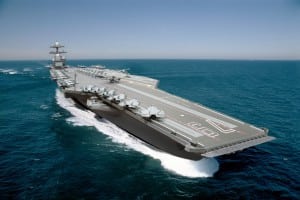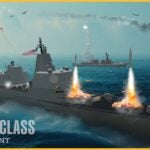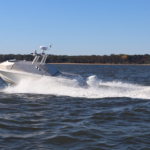
The U.S. Navy says it plans to decide by December whether to proceed with its troubled Advanced Arresting Gear (AAG) program or pick an alternative landing system for future Ford-class aircraft carriers.Responding to a draft report by the Department of Defense Inspector General (IG), Navy acquisition chief Sean Stackley wrote that his office is studying the cost and time needed to equip the CVN-79, the next Ford-class carrier to be built, with an Mk 7 arresting system from the existing…

 By
By 











